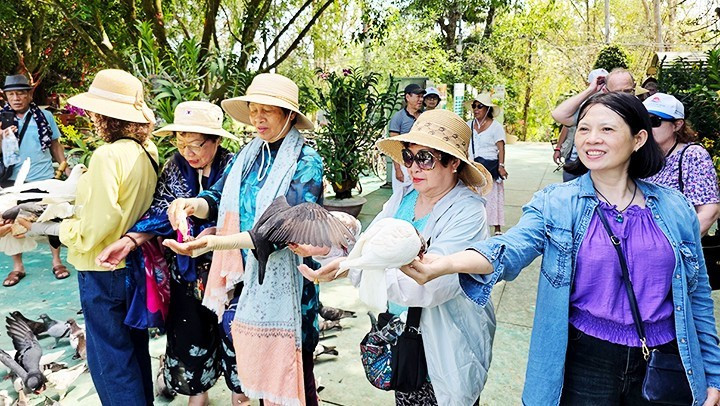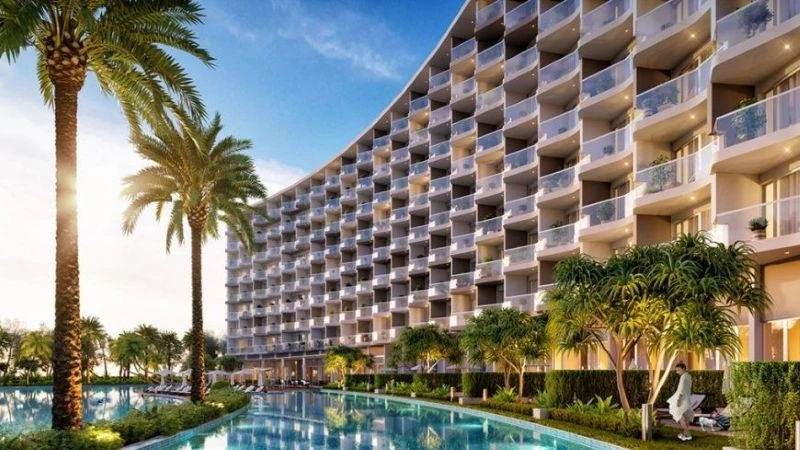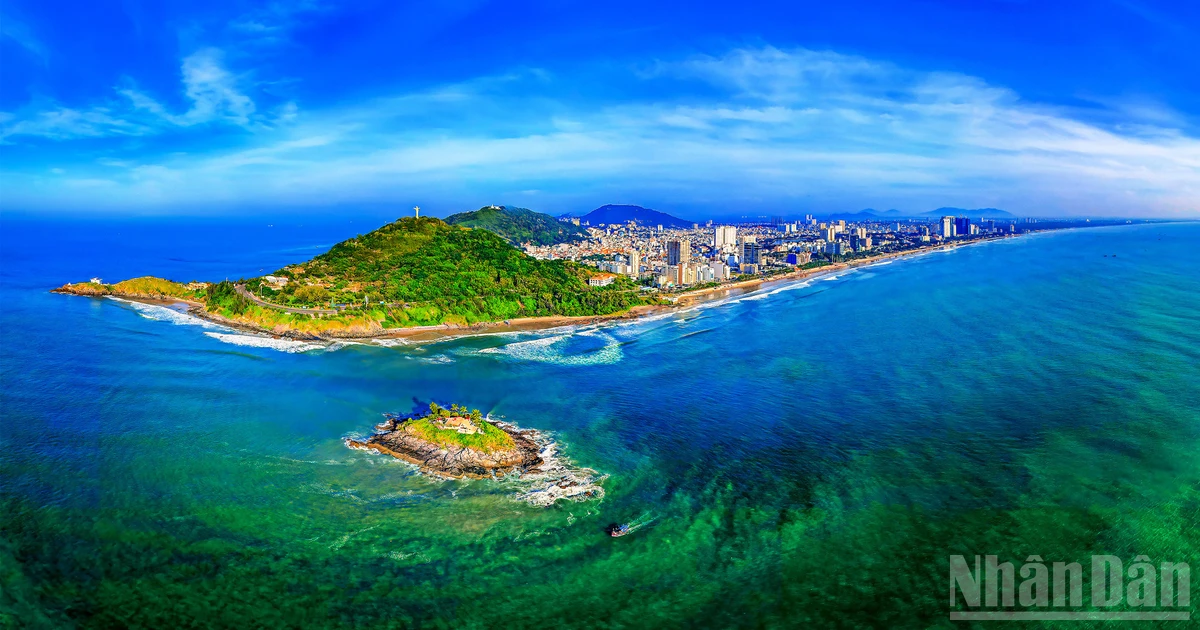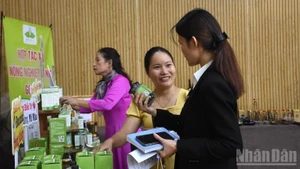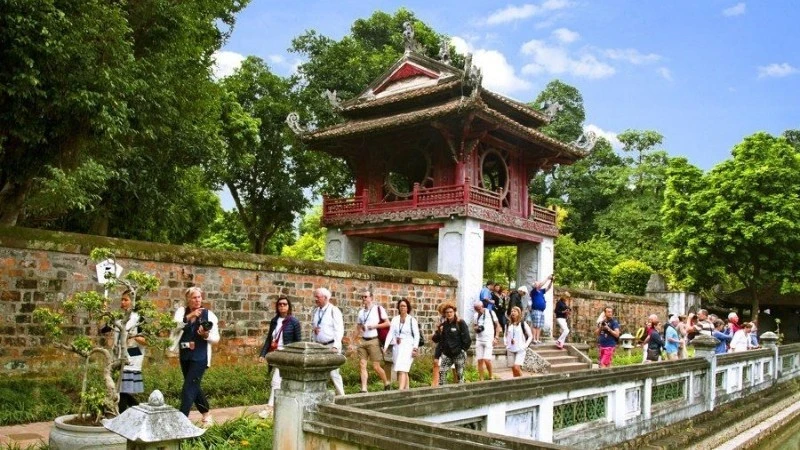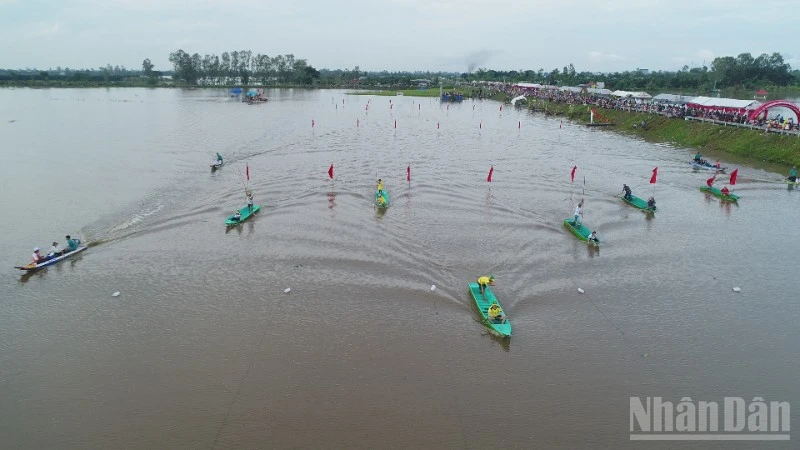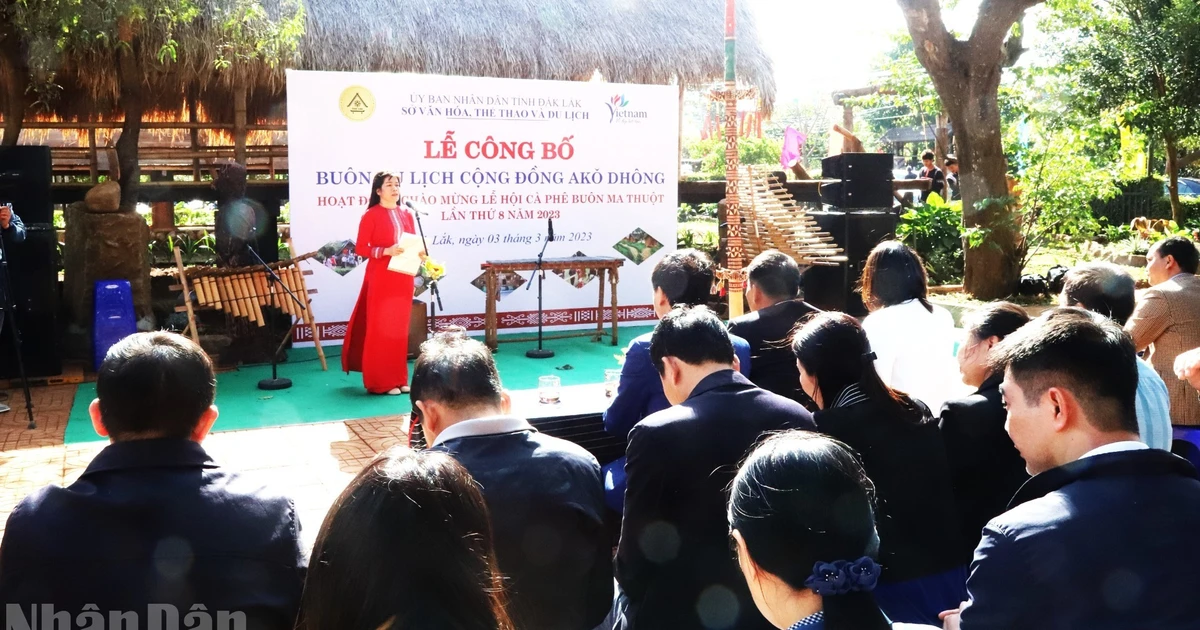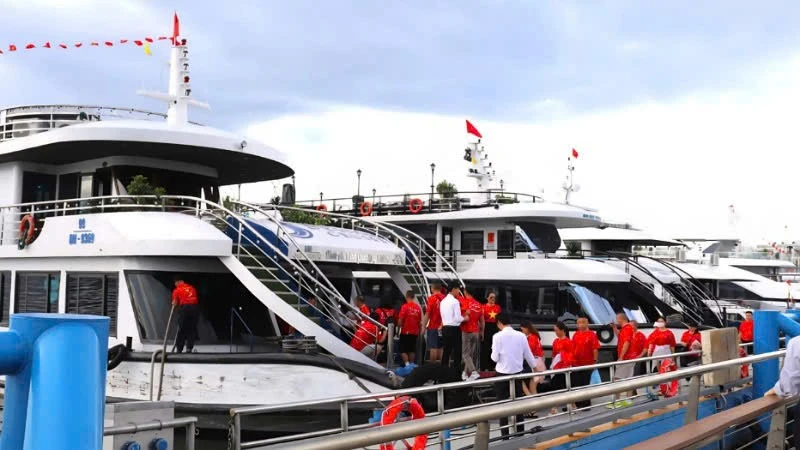A trend worth promoting
Hoang Giang, a resident of Cau Giay District in Ha Noi, recently chose Pu Luong (Thanh Hoa) as a “green tourism” destination for his family’s summer holiday. After years of resort-based travel, he had grown tired of the crowds, chaos, and negative environmental impacts. “We wanted our children to understand that tourism isn’t just for entertainment, but should also come with a sense of responsibility towards nature,” Giang explained.
During their 4-day, 3-night trip, the family stayed at a homestay built from environmentally friendly materials, where plastic use was minimised and waste was actively sorted. The itinerary featured nature-based activities such as trekking through rice terraces, joining a traditional cake-making class with locals, and experiencing a day without mobile phones to fully immerse in village life.
Similarly, Hoang Long from Hoang Mai District, Ha Noi, is considering a “green destination” for his children in late June. The family is looking for somewhere rustic, close to nature and local people. “Last year, we visited Hoa Lu. It was the first time my kids saw the rice planting process and understood how hard farmers work. We also picked up rubbish together along the roads as a fun challenge,” Long recalled.
According to him, that trip helped his family form new “green habits” like carrying reusable water bottles, reducing plastic bag use, and prioritising locally made products. “That’s the lasting value a green holiday can offer,” he noted.
In fact, in recent years, alongside calls for developing “green tourism”, many localities have started to promote “green tours”. However, some experts point out that many tourism products are merely “greenwashed” to follow trends. Some organisers simply plant a few pots of greenery or ban plastic bags, then label the service as “green tourism”.
Data from the Viet Nam National Authority of Tourism shows that only around 15% of accommodation facilities and tourist destinations in the country have basic environmental protection measures. Prominent models such as Cu Lao Cham, Pu Luong, or high-end resorts are largely self-driven initiatives with little concrete policy support.
The biggest obstacle to developing “green tourism” appears to be a lack of a unified definition and standards—no national code of practice or binding legal framework exists. This leaves businesses unsure where to start, and makes it difficult for travelers to tell genuine “green” experiences from superficial ones.
A comprehensive strategy needed
Experts note that with approximately 38,000 accommodation facilities and over 41,000 heritage and scenic sites across the country, the tourism sector produces a considerable volume of waste. Without a shift towards sustainability, this could negatively impact natural landscapes—tourism’s most valuable asset. Furthermore, as Viet Nam has pledged to reach net-zero emissions by 2050, all economic sectors, including tourism, must take strong action to reduce emissions and protect ecosystems.
According to Pham Ha, Chairman of LuxGroup and Vice President of the Viet Nam Green Tourism Association (VGTA), the tourism sector in Viet Nam has made efforts towards green transition in recent years, but these efforts remain largely slogan-based or isolated. The biggest barrier, he says, lies in mindset. “Green tourism” cannot begin and end with superficial solutions—it requires systemic change starting from business leaders, extending through staff, supply chain partners, and even to customers.
To keep pace with global developments, many believe Viet Nam needs a comprehensive strategy with clearly defined pillars. First, a formal legal framework on “green tourism” is needed, along with a national set of criteria, possibly adapted from international models such as the ASEAN Green Hotel Standard or the Global Sustainable Tourism Council (GSTC). Next, supportive policies should be introduced, including tax incentives, preferential loans, or media support to encourage businesses to invest in long-term sustainable development. At the same time, companies must also raise visitor awareness by promoting responsible travel through communication and education. Finally, stronger links between businesses, local authorities, and communities must be fostered to build a truly “green” tourism ecosystem—not just isolated, individual efforts.
International visitors are also increasingly concerned about the social and environmental responsibility of destinations, as “green tourism” has become a defining trend in the high-end, premium travel market. These tourists are willing to pay more for services that meet “green” standards and respect local culture.
